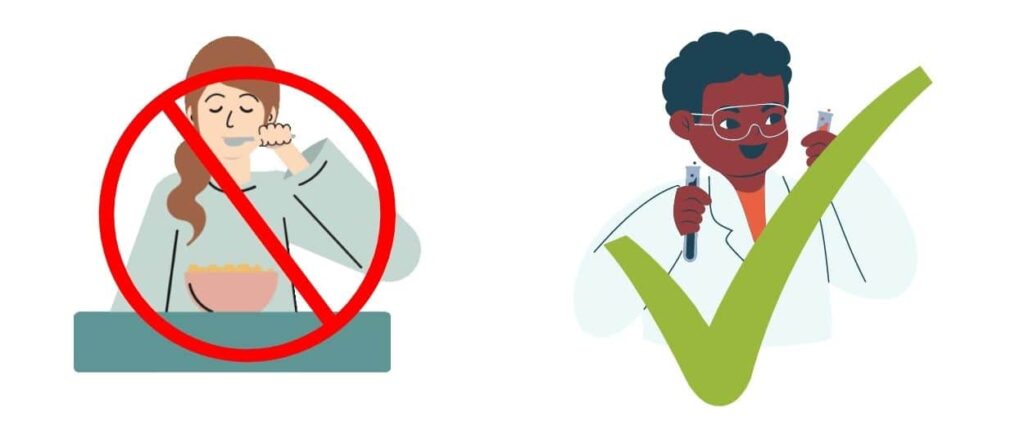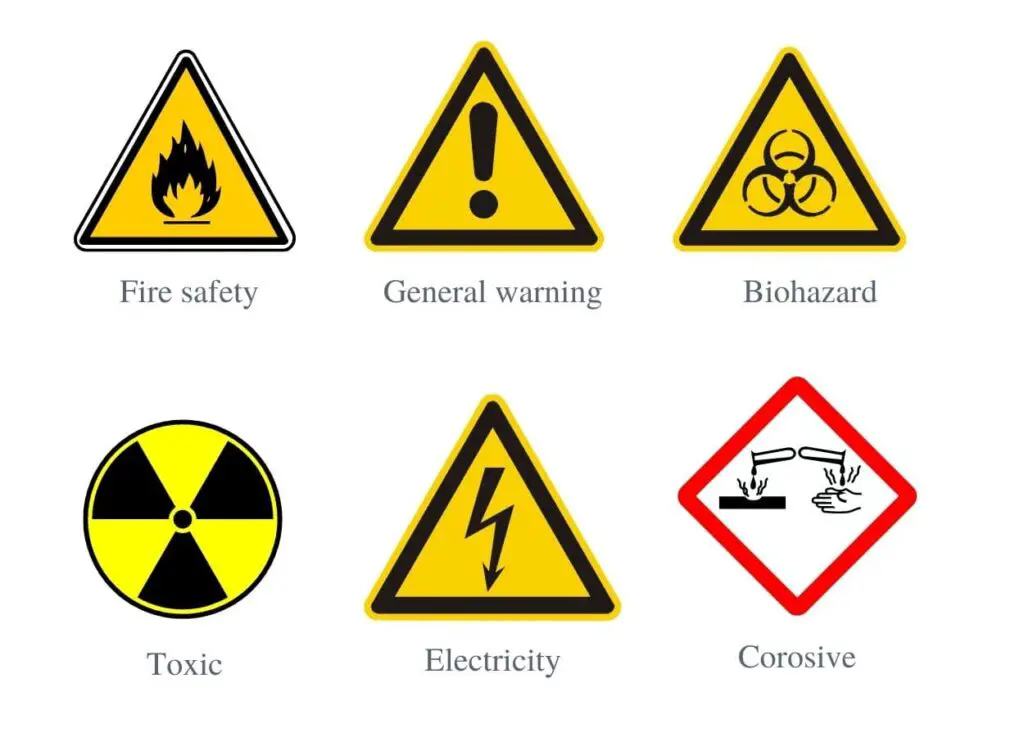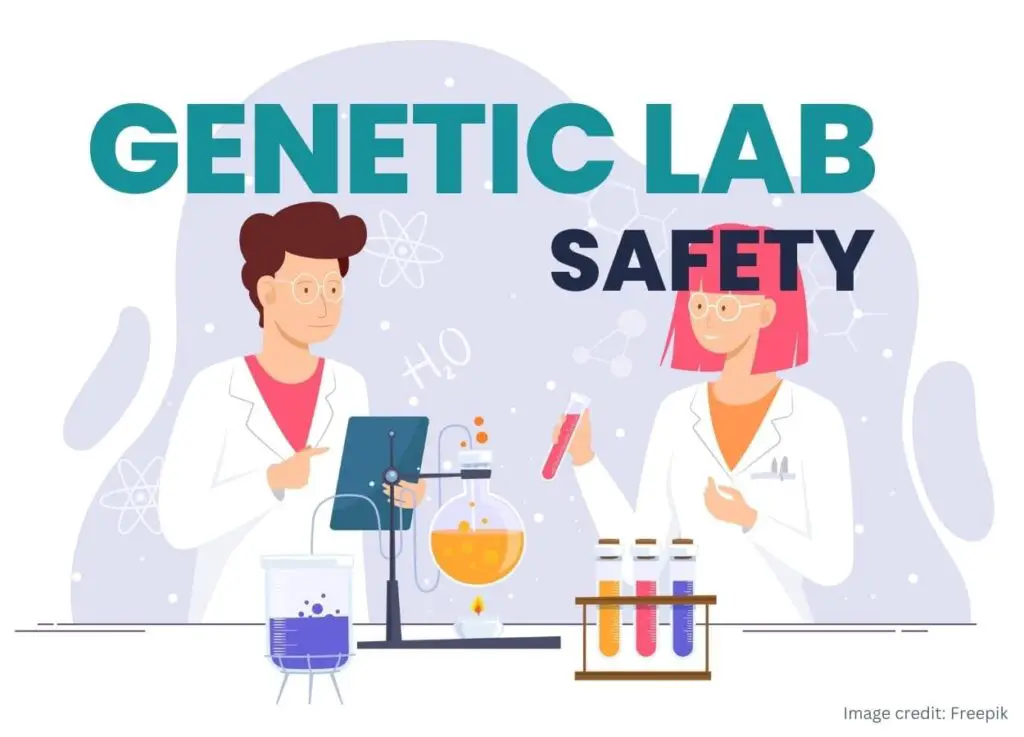“A Genetic testing lab is a sophisticated setup for testing the DNA, RNA or chromosome of a person, microbe, animal or plant. There are several rules and regulations and do and don’ts to working in such a lab and important for safety. Let’s check it out.”
Genetic testing facilities are state-of-art and sophisticated setups that need a particular type of infrastructure, instrumentations, skills and manpower. Every genetic testing lab is nearly similar but the difference is in sample testing.
Some labs only deal with plant samples while some work on infections, microbes and other prokaryotes. However, working in a human genetic lab, handling human samples and dealing with biological fluid needs special treatment.
There are standards, government rules and SOPs to operate biological fluids and samples, and one has to strictly follow each. Though testing human samples is a regulated process. Notedly, testing DNA is an even more restricted and tougher process.
So the lab personnel working in a genetic lab should follow strict processes, regulations, restrictions and SOPs while testing. So what are those do’s and don’ts for a genetic lab? Let’s find out.
Our team including me are experts in genetic testing and lab setup, human genetics and genetic technologies. Over the past 5 years, our experience has helped many geneticists, genetic students and laboratories in their respective ventures.
So we know how to deal with DNA things; hence, this article will help students and entrepreneurs working in genetic laboratories. This also helps new and already established facilities to assess their do’s and don’ts, particularly from a safety prospective.

Key Topics:
Don’ts for Genetic lab safety
- Don’t enter a sensitive lab area without the prior permission of your lab representative. Template additions, extraction areas and a Pre-PCR room are some of the critical and sensitive areas and are highly prone to contamination. Do not enter any of the areas without prior permission.
- Don’t enter the lab without a lab coat, eye protector, mouth cap and head cap. Any genetic testing is a sensitive process and a minute fluctuation or disturbance misleads the results. And thus testing sensitivity should not be compromised here.
- In addition, such labs use dangerous, hazardous, radioactive, carcinogenic or harmful chemicals which affect lab personnel’s health. Always wear a lab coat, mouth cap, eye protectors and head cap.
- Don’t drink or eat in the lab. Parties are restricted in any genetic lab. In any achievement, lab safety and sensitivity should not be compromised and thus avoid drinking soft or hard drinks and eating food in the genetic lab.
- Don’t talk while testing. Avoid talking while doing experimentation. It spreads microorganisms from your mouth into the sample. It contaminates the samples, other lab utilities and chemicals.
- Don’t throw used papers, plastics, tips or tubes anywhere in the lab.
- Don’t smell, test or touch any chemicals without prior knowledge.
- Don’t leave chemicals, utilities and other things in between the experiments. Don’t leave chemical bottles open.
- Don’t play with any chemicals.

Do’s for a genetic lab safety
- Do follow your lab SOP, working SOP and safety manual in any situation, every day when you enter the genetic lab.
- Keep your working desk clean. Dust is yet another common source of contamination in a lab. Always clean the working desk and make things organized.
- Genetic labs do have common safety instruments like fire safety, emergency exit, etc.
- Food and other eating things are highly contagious and may affect your lab results. Thus the lab canteen or food area should not be located near the testing facilities.
- Always wear a lab coat, safety glass, mouth cap, head cap and hand gloves while working in the lab.
- Always wash your hands with alcohol prior to testing.
- Do clean the working bench, LAF, utilities and other things with alcohol prior to testing.
- Always follow individual SOP for the individual instruments. Place and operate every sensitive instrument properly.
- Allocate a separate room or space for flammable chemicals.
- Stay away from the instrument, if it is running. Genetic lab instruments come up with heavy motors, and heating coils, and work on heavy power so it’s better to stay away from it if it is switched on.
- Always operate the machine after power off.
- Lab waste contaminates the lab environment, labs should have separate waste management systems. Biological samples, sample waste, chemicals and used utilities should be managed separately.
- Proper navigation. Every genetic lab should have a proper navigation system, otherwise, it creates chaos. Every unit should have a map and navigation for every instrument, utility and safety concern.
- Every chemical, solution and other utility is labeled correctly with the name, date and calibration data.
- Clean the entire lab twice a day.
- Always switch off all the instruments before leaving the lab.
- Allot a separate area to clean the glass and plasticware. Do autoclave utilities before re-entering the lab.
- Stitch lab safety guidelines and stickers where it is required.
- Do check the ventilation system every day. Avoid working in an unventilated area as you may faint.
- Always clean the mess before leaving the working place.
Related articles:
- How to set up a DNA extraction lab: A comprehensive guide (chemicals, instruments and other utilities).
- How to Increase ROI for DNA Testing Labs?
Wrapping up
These are some of the common genetic lab safety rules and regulations that perhaps people know but are important to keep in mind all the time. Genetic experiments are sensitive and so critical henceforth safety and testing should not be compromised.
Remember, if you start getting false results, it would become difficult for you to identify the problem. Thus do follow all the safety, working and lab guidelines. In case you have any problem or want to set up or improve your lab standard do contact us.
Our team has experienced geneticists who are working in different setups and are highly knowledgeable. You can also contact us if you wish to set up entirely new genetic testing facilities.
I hope you like this article, do share it, bookmark the page and subscribe to our blog for more content and knowledge.



